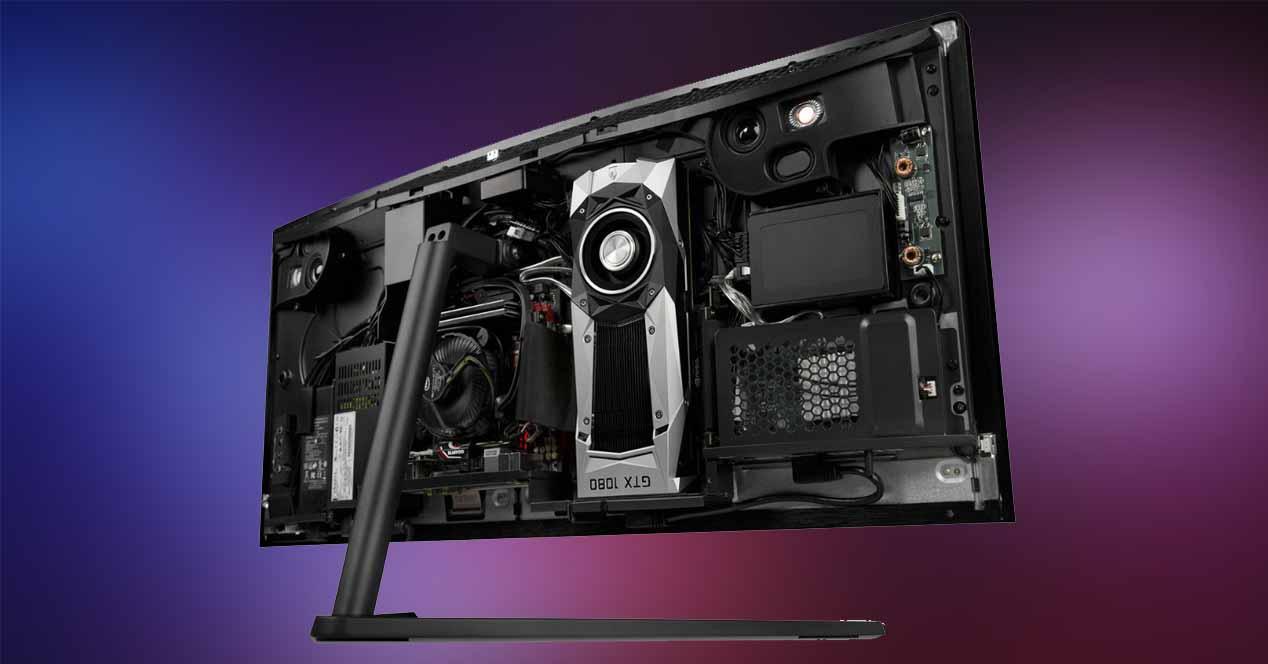All-in-one or all-in-one computers are the ones that integrate all components PC hardware in the same case as the screen, and this is the main difference from desktop PCs. When it comes to laptops, the difference is that they don’t have a built-in keyboard and mouse, although in most cases they do have built-in speakers and even a webcam.
Advantages and disadvantages of all-in-one computers
The main advantage of this type of computer is, of course, the Space reduction. The fact that all the components are integrated in the same case as the screen makes it much thicker and heavier than an individual monitor, but it totally saves us from having a PC case on or under the table, as well as the wiring the same.
The second advantage, for those who like it, is the aesthetics, because it allows to have a more minimalist and contained environment than with a PC case, even if there are cases with minimalist aesthetics.
As for the downsides, there is really a lot more than the pros: the first is that since the hardware is “built in” into the monitor housing, there is much less space to start with than in a desktop PC. , and for this reason, it is common for these computers to incorpor ate portable hardware instead, essentially becoming “ desktop laptops ”, and performance
At the same time, as the components are so close to each other and so little space to be able to incorporate thermal solutions under the conditions, temperature is a constant problem when performance is required in such equipment, and in at the same time for the same reason they are generally quite loud, even louder than laptops as they have the screen panel as an additional heat generating element.
Are these computers worth it?
Typically, we’d say these teams are the middle ground between a desktop PC and a laptop. They offer roughly the same performance as a laptop, although there are some All in One that mount office equipment, but with the downside that we can’t carry them – at least not as comfortably – d ‘from one place to another, and of course They have no battery that gives them autonomy without being connected to the current.
So, they don’t give us the power and cooling of desktops, or the portability of laptops, but in return, they give us a cleaner and tidier desk and even more aesthetically pleasing. This is not a product that we would recommend to any particular type of user, with the exception of models that put together very powerful hardware and offer great performance (but which have the downside of getting very hot and a lot of noise due to the small cooling systems they have built in.), so to answer the question of whether they are worth it or not, the answer is no, and the proof is in the low volume of sales which they compared to the other two types of user computers (desktop and laptop).










